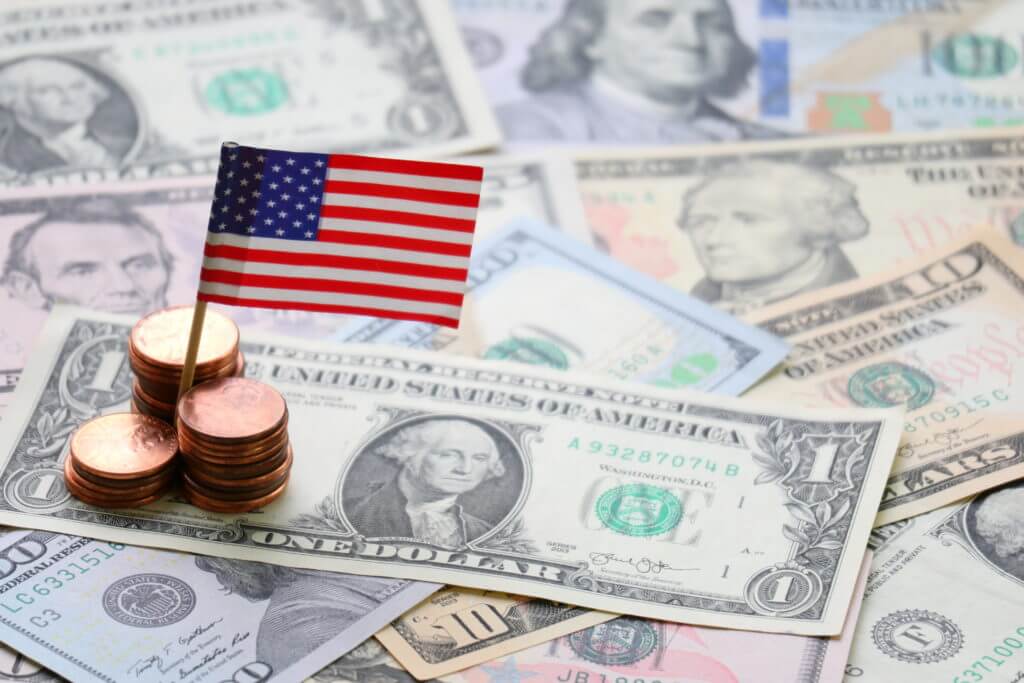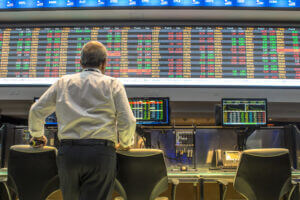The U.S. dollar is rising for a fifth straight daily increase. Confidence in the United States economic outlook and the possibility that Friday’s jobs report might be stronger than anticipated made the increase possible.
The dollar index increased by 0.48% in New York morning trading and stood at 91.507, its highest level in two months. Furthermore, it was up 1.7% for the 2021 year.
The euro declined by 0.54% and traded at $1.197, below what had seemed a resistance level of $1.20 earlier this week. The euro fell below $1.20 for the first time since December 1.
The American currency boosted by 0.4% versus the yen. It was trading at 105.46, the highest level since November 11.
After the U.S. dollar index declined by 7% in 2020, its gains since December sign that the U.S. economy’s rebound from the COVID-19 pandemic will be relatively stronger than other countries.
According to senior market analysts at OANDA, there’s a fundamental change in the short term. We are viewing the U.S. economic outlook as overpowering what we see in the eurozone.
The dollar’s move was supported by U.S. Treasury yields increase
That view became stronger on February 4 when the U.S. government announced the number of Americans filing new applications for unemployment benefits declined last week. Initial applications for state unemployment benefits totaled a seasonally adjusted 779,000 last week. It was better than economists had anticipated and better than 812,000 in the previous week.
Longer-term U.S. Treasury yields saw an increase; hence it supported the U.S. dollar’s move. Meantime, investors positioned for a large pandemic relief package from Washington and a stabilizing U.S. labor market.
Furthermore, the benchmark 10-year yield increased by 1.5 basis points in morning trading. It stood at 1.1461% and at one point hit 1.16%, its highest level unseen since January 12.
The British pound declined as much as 0.5%. The currency saw a decline ahead of scheduled comments by the Bank of England about the possibility of negative interest rates. Significantly, after the central bank announcement, it recovered and traded up 0.12%.
The Bank of England announced that it would ask banks to get ready for the possibility of negative rates. However, that financial markets should not view sub-zero borrowing costs as a foregone conclusion. Britain’s economy is likely to decline by 4% for the first quarter of 2021. The banks said that it should recover rapidly toward pre-corona levels over the year.
According to a portfolio manager at Legal & General, Justin Onuekwusi, if Europe continues slowness in rollout coronavirus vaccine, we will see the gap widen between euro and dollar.











